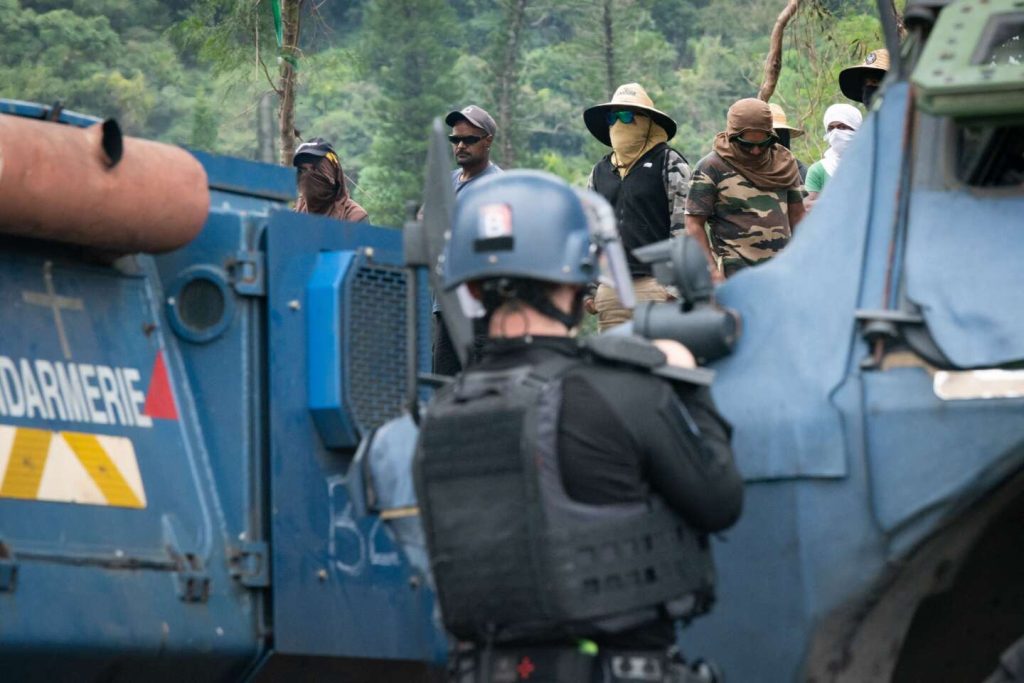The island of New Caledonia has been experiencing heightened tensions, culminating in the death of a man during clashes with mobile gendarmes in Thio, the birthplace of mining activity in the region and a key site of independence struggle in the 1980s. According to the public prosecutor Yves Dupas, members of the cell of coordination for ground actions (CCAT), a pro-independence organization at the center of the mobilization, had set up a new roadblock in the tribe of Saint-Pierre, despite the road having been cleared several days prior by traditional leaders. The gendarmes intervened to prevent any further blockage attempts, resulting in the fatal shooting of a 43-year-old man and the serious injury of another individual, as well as a gendarme being struck in the face by a stone earlier in the day.
The death sparked further unrest in the town, leading to the destruction of installations at the Société Le Nickel (SLN) mine on the Plateau. By Thursday evening, houses belonging to company executives were burning. While most of the territory had seen a decrease in mobilization against the electoral reform that escalated into riots on May 13th, Thio remained a hot spot along with other areas like the Saint-Louis tribe near Nouméa and the municipality of Poya in the North Province. The precarious security situation in Thio, home to 2,500 inhabitants, has led to the closure of the local dispensary and dialysis unit, forcing residents to travel 47 kilometers on a winding mountain road to reach the village of Boulouparis for medical care, as all public transportation on the island has been halted since May 13th.
While the mobilization has decreased in other parts of the territory in recent weeks, Thio has remained a center of unrest due to the local CCAT branch deviating from the national organization and adopting a more radical stance. The village has a history of political tensions, transitioning from a loyalist stronghold to an independence stronghold following the events of the 1980s. Thio was initially a loyalist bastion on the east coast before being overtaken during the near-civil war in 1980 led by Eloi Machoro, resulting in the evacuation of the majority of the European population to the west coast. After Machoro was killed by security forces in 1985, the village became a pro-independence stronghold, leading to continued tensions and clashes with authorities.
Despite attempts to calm the situation and reduce tensions, Thio, along with other hot spots like the tribe of Saint-Louis and the municipality of Poya, continues to experience unrest and violence. The local CCAT branch’s defiance of the national organization’s directives and the area’s history of political conflict have contributed to the ongoing instability. The closure of essential services like the dispensary and dialysis unit due to security concerns further exacerbates the challenges faced by residents in accessing healthcare. The situation underscores the deep-seated divisions and unresolved issues in New Caledonia, highlighting the complex dynamics of the region’s social and political landscape.


